Selected Plants of Navajo Rangelands
Cow parsnip
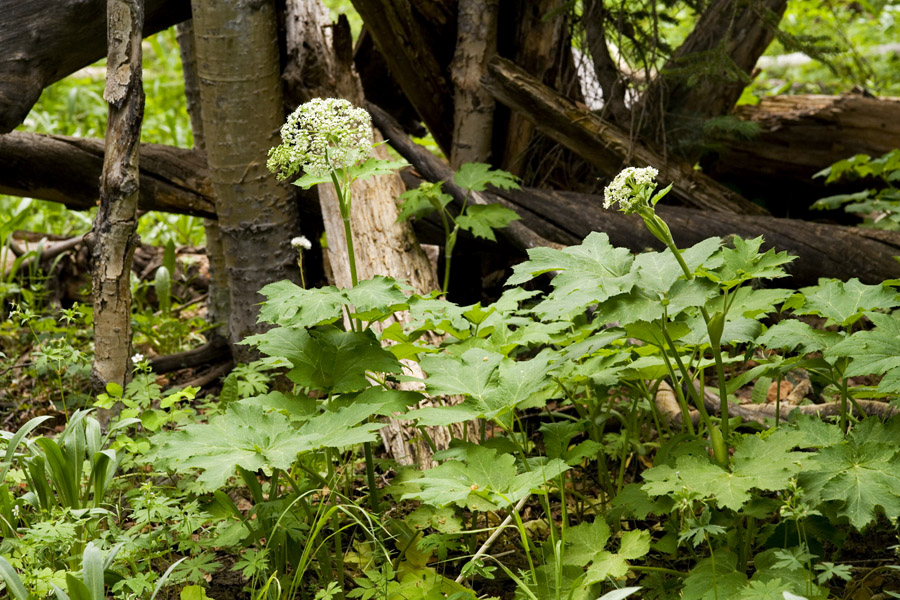
Cow parsnip is a native, perennial forb that grows from 3 to 10 feet tall and has broad, flat-topped umbels.
Cow parsnip grows throughout the United States and Canada. It occurs in a wide variety of forested habitat types, as well as grassland, shrubland, meadow, alpine, and riparian zones. In the Intermountain West, it is a common understory species in subalpine fir and Engelmann spruce habitat types, as well as in quaking aspen communities. It is commonly found growing in snow-maintained disclimaxes such as avalanche chutes. Cow parsnip is a facultative wetland species; it grows best in moist, shaded areas but can also be found in open woodlands and clearings.
Cow parsnip is a valuable forage species for livestock, deer, elk, moose, and bear. It is rated moderately good for erosion control, short-term revegetation potential, and long-term revegetation potential. It has fair soil stabilization value.
Cow parsnip has traditional medicinal and culinary uses. Some cultures ate the inside of stems raw, and boiled the roots to extract sugar. Others ate the young leaves and stems, and used the roots to treat epilepsy.
Some with sensitive skin develop rashes when contact with cow parsnip is followed by exposure to sunlight.
*Description courtesy of Utah State University's Range Plants of Utah.

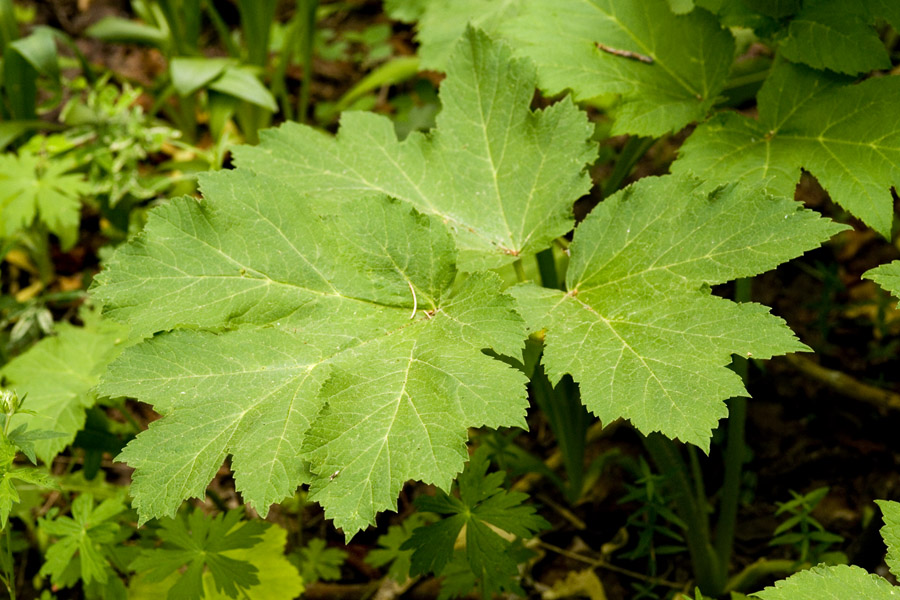
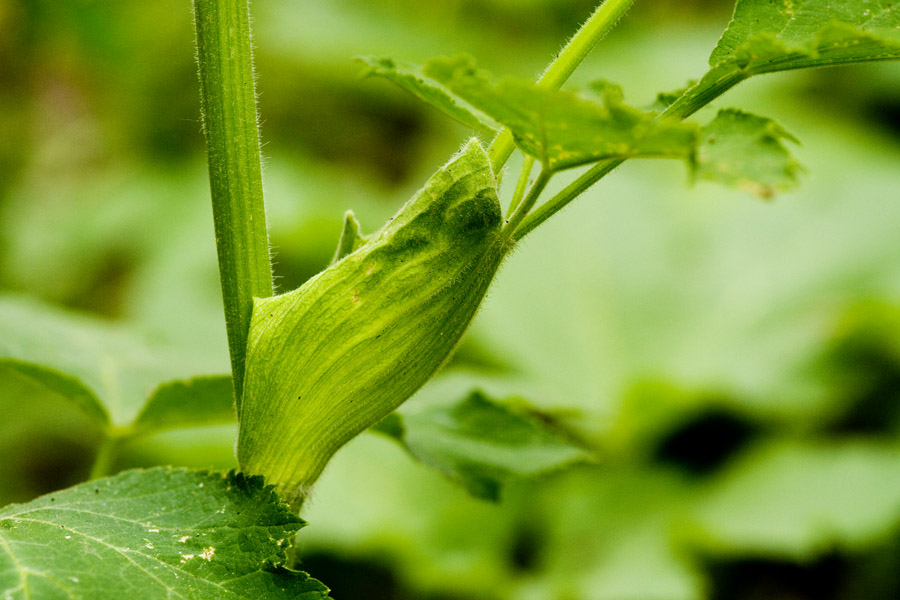
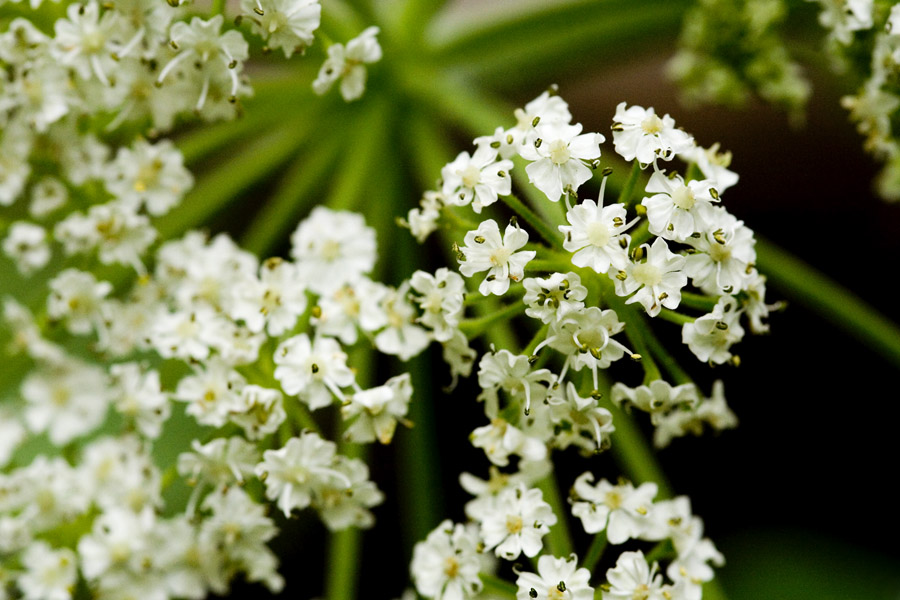
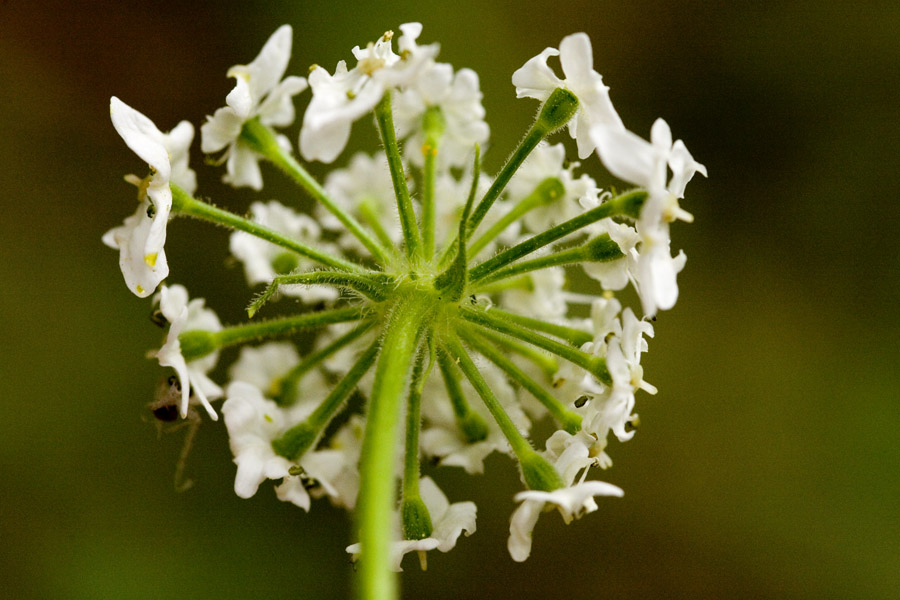
©2018 NMSU Board of Regents.
Individual photographers retain all rights to their images.
Partially funded by the
Western Sustainable
Agriculture Research and Education Program
(westernsare.org; 435.797.2257),
project EW15-023.
Programs and projects supported by Western SARE are
equally open to all people.